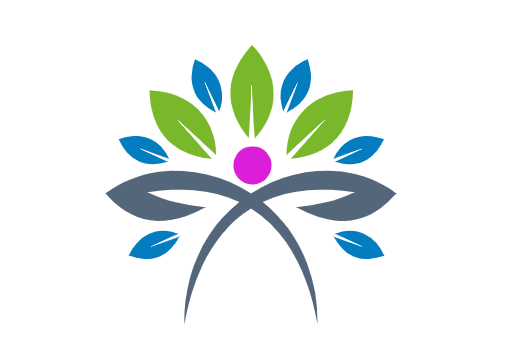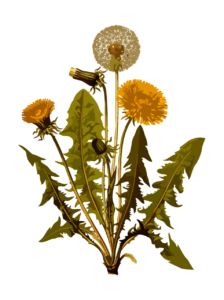Dandelion: A Humble Weed with Extraordinary Benefits
Often dismissed as a pesky weed, dandelion (Taraxacum officinale) is a plant with a surprising wealth of uses and health benefits. From its bright yellow flowers to its roots, every part of the dandelion has been utilized for centuries in traditional medicine, culinary creations, and natural remedies. Let’s explore why this common plant deserves a place in your garden, kitchen, and wellness routine.
What is Dandelion?
Dandelion is a perennial plant native to Europe and Asia but now grows worldwide. Recognizable by its golden blooms and puffball seed heads, this resilient plant is rich in nutrients and boasts numerous therapeutic properties.
Traditionally used in herbal medicine, dandelion has been valued for its ability to detoxify the liver, support digestion, and boost overall health.
Nutritional Value of Dandelion
Dandelions are nutritional powerhouses, packed with:
- Vitamins: A, C, E, and K, along with several B vitamins.
- Minerals: Iron, calcium, magnesium, and potassium.
- Antioxidants: Beta-carotene and polyphenols that fight oxidative stress.
- Fiber: Especially in the roots, which support gut health.
Health Benefits of Dandelion
Dandelion’s medicinal properties make it a valuable plant for health and wellness. Here are some key benefits:
- Supports Liver Health
Dandelion has long been used as a liver tonic, promoting detoxification by enhancing bile production and reducing oxidative stress. - Aids Digestion
The plant’s natural bitterness stimulates digestion and appetite, helping alleviate bloating and indigestion. - Rich in Antioxidants
Dandelion contains powerful antioxidants that help protect cells from damage and combat inflammation. - Promotes Healthy Skin
Dandelion extract is known for its antimicrobial and anti-inflammatory properties, which can help reduce acne and improve skin clarity. - Balances Blood Sugar Levels
Studies suggest that dandelion may help regulate blood sugar and reduce insulin resistance. - Supports Kidney Health
As a natural diuretic, dandelion helps flush excess water and waste from the kidneys, supporting urinary health.
How to Use Dandelion
Dandelion is an incredibly versatile plant. Here are some ways to incorporate it into your life:
1. Culinary Uses
- Leaves: Young dandelion greens are tender and slightly bitter, perfect for salads, sautés, and smoothies.
- Flowers: Use them to make dandelion wine, syrup, or as edible decorations.
- Roots: Roast and grind dandelion roots to create a caffeine-free coffee alternative.
2. Herbal Remedies
- Tea: Steep dried leaves or roots in hot water for a detoxifying tea.
- Tinctures: Dandelion tinctures are used in natural medicine to support liver and kidney function.
- Oil and Salves: Infuse dandelion flowers into oil for soothing skin products.
Harvesting and Precautions
Dandelion is easy to harvest, but make sure to:
- Pick plants from clean areas free from pesticides or pollutants.
- Wash thoroughly before use.
Precautions: While dandelion is generally safe, some individuals may experience:
- Allergic Reactions: Especially those allergic to related plants like ragweed.
- Medication Interactions: It may interact with diuretics, blood thinners, and diabetes medications. Always consult a healthcare professional before use.
Fun Facts About Dandelions
- Dandelions are among the most nutritionally dense greens available, surpassing spinach and kale.
- The name “dandelion” comes from the French term dent-de-lion, meaning “lion’s tooth,” referring to the shape of its leaves.
- Bees and other pollinators rely on dandelion flowers as an early spring food source.
Final Thoughts
Dandelion is much more than a common weed—it’s a gift from nature with culinary, medicinal, and environmental benefits. By embracing its potential, you can add a healthy and sustainable element to your lifestyle.
Do you use dandelions in your kitchen or wellness routine? Share your favorite recipes and tips in the comments below!


Comments